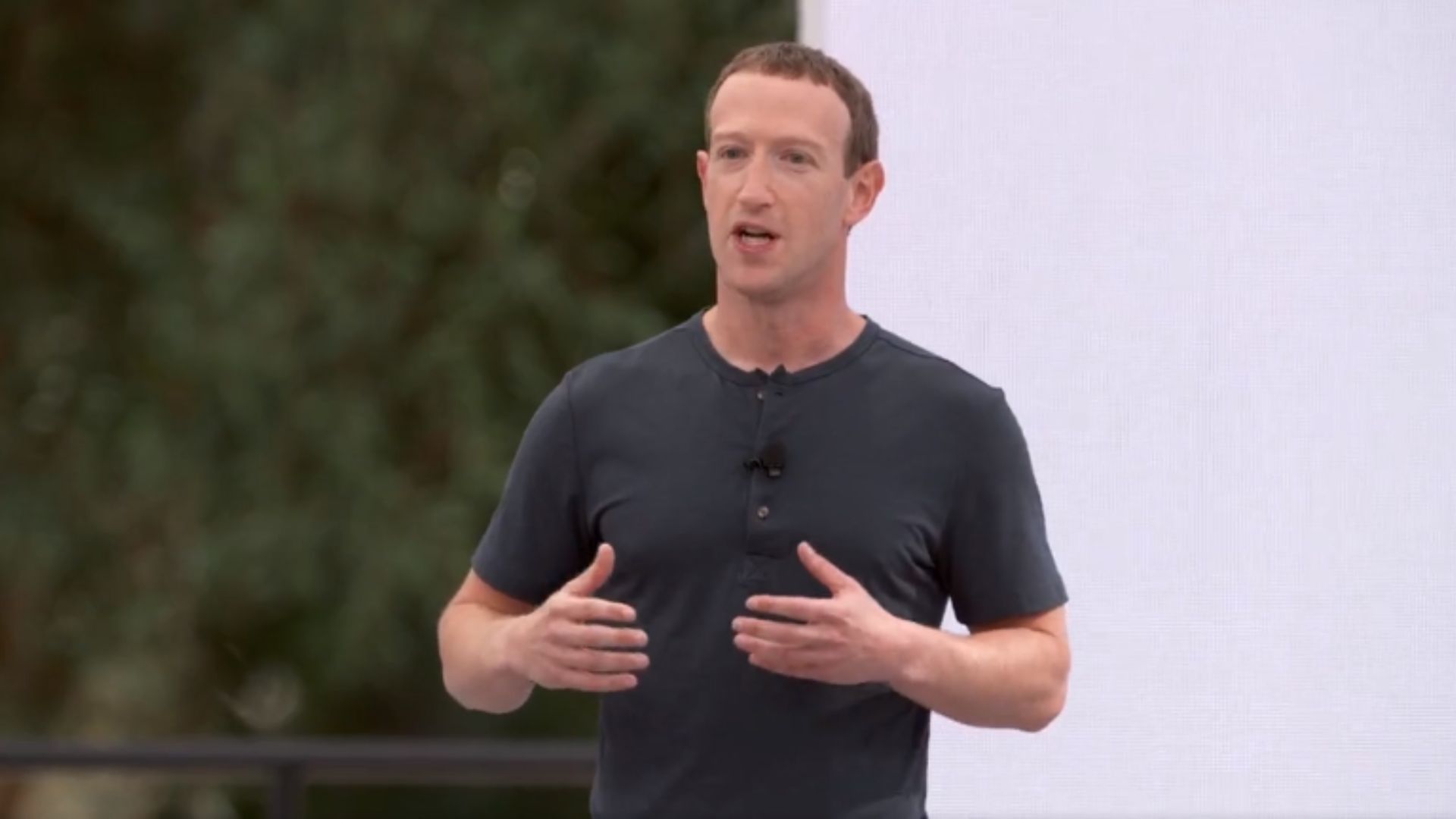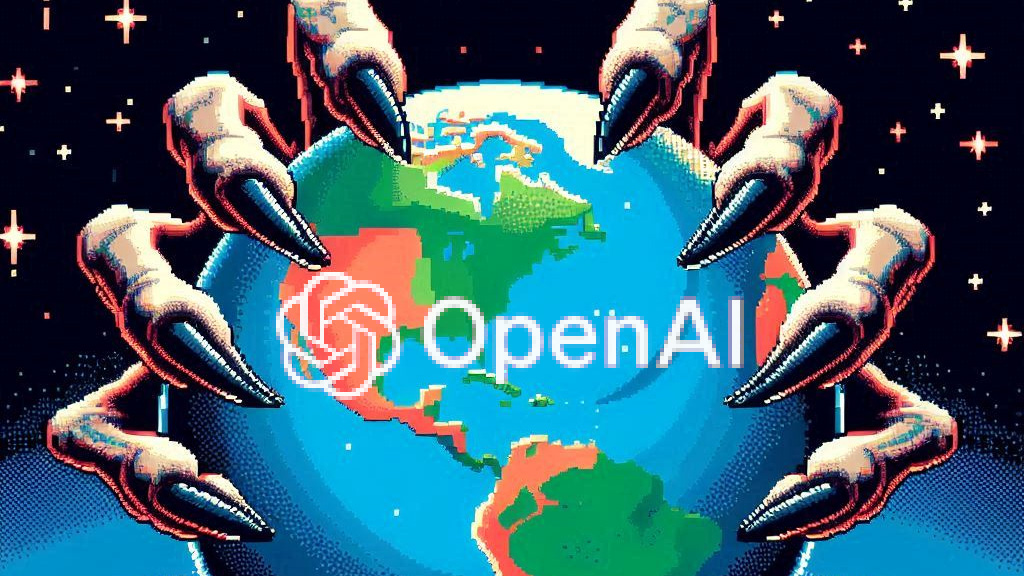
What you need to know
- Meta unveiled a new flagship AI model to take on OpenAI's GPT-4o and Anthropic's Claude Sonnet 3.5.
- Llama 3.1 is open-source and can fine-tune or train users' models.
- Its performance is seemingly on par with OpenAI's GPT-4o or Anthropic's Claude Sonnet 3.5.
The AI landscape might seem like a gate-keeping playground for major tech firms with vast resources like Microsoft, Google, or OpenAI. Admittedly, their presence and success in the category can be attributed to an early investment and adoption of the technology across their tech stack.
Recently, even more companies are hopping onto the AI bandwagon. For instance, Apple (often considered a late bloomer in AI) announced its new Apple Intelligence AI strategy to compete with Microsoft and Google. Even billionaire Elon Musk is venturing into the landscape with xAI. Musk highlighted elaborate plans to train its Grok LLM with "the most powerful AI training cluster in the world" to transform the model into "the world's most powerful AI by every metric by December this year."
And now, Facebook's parent company, Meta, is seemingly joining the fray with a new and powerful AI model that CEO Mark Zuckerberg calls "state of the art." It will likely compete with OpenAI and Google's flagship models on an even playing field.
The new model is Llama 3.1, and Meta pulled out all the stops to ensure that it spots great performance, efficiency, and effectiveness, including an investment amounting to hundreds of millions of dollars of computing power and several months of training.
While announcing Llama 3.1, Meta CEO Mark Zuckerberg indicated:
Open source will ensure that more people around the world have access to the benefits and opportunities of AI, that power isn't concentrated in the hands of a small number of companies, and that the technology can be deployed more evenly and safely across society.
Mark Zuckerberg
Meta's Llama 3.1 spots better performance on many major benchmarks, though it's seemingly on par with OpenAI's GPT-4o or Anthropic's Claude Sonnet 3.5. It's worth noting that the new model is open-source, making it widely available across various platforms.
Llama 3.1's easy accessibility and open-source nature present avenues for new research and advancements that might have been overlooked due to the exorbitant token cost of using alternative models like OpenAI's GPT-4o.
The true cost of ever-expanding AI

It's becoming more evident that it costs an arm and leg to keep LLMs running, from the training cost implication to the computing power requirements. OpenAI reportedly spends over $700,000 per day to keep ChatGPT running. This might explain the recent trend where major key players in the AI landscape are launching smaller iterations of their LLMs, like OpenAI's GPT-4o mini.
Meta will allow organizations and individuals to use the frontier-grade model and the data generated in 405b to fine-tune or train their models. While size is crucial when developing these models, companies are seemingly inclined toward small models. However, Meta has found the perfect balance with Llama 3.1. It packs a trillion parameter quality model into one-half the size.







